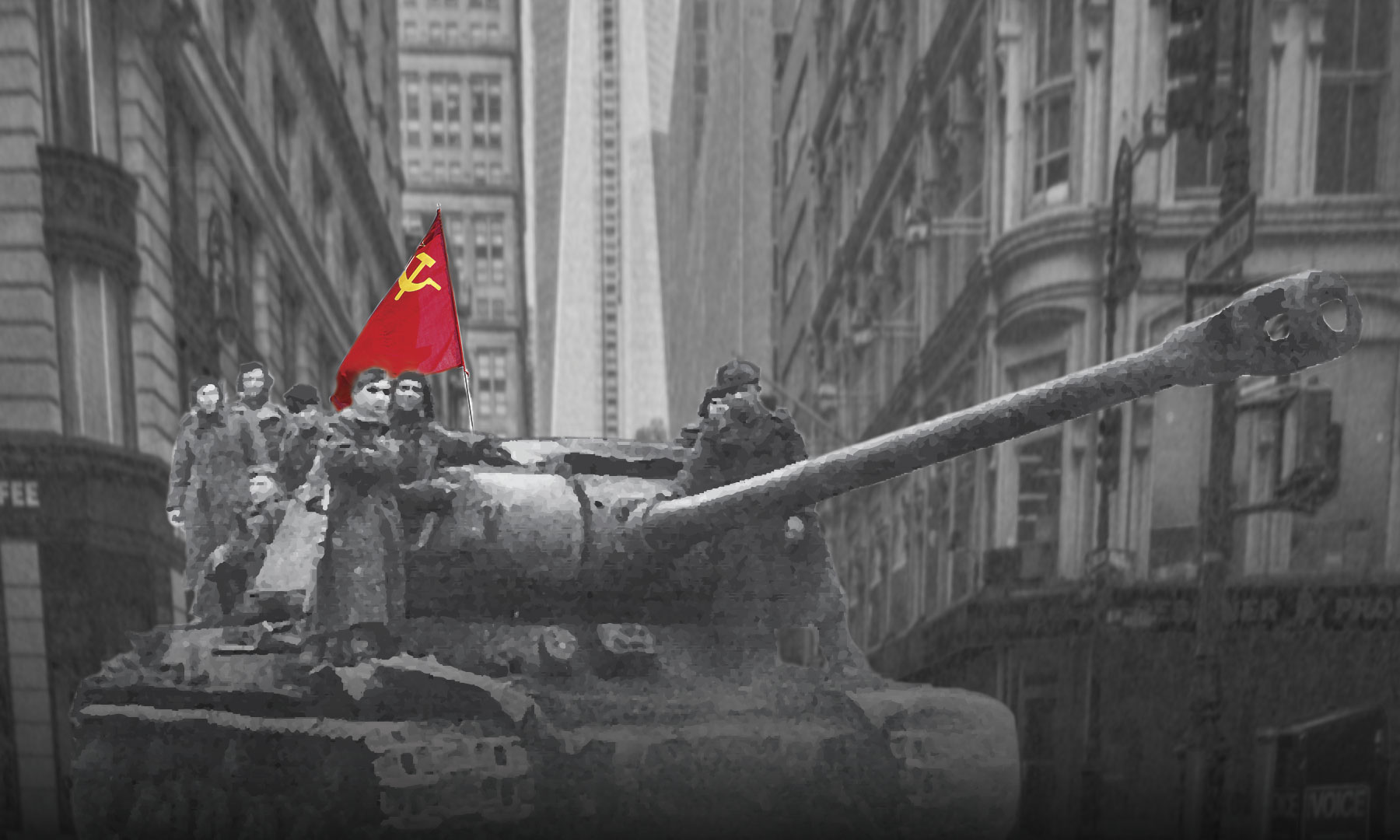 The Manhattan Project depended heavily on American industry through all of its activities, and the ability to build and operate Fermi’s reactor was no exception. Little or no uranium metal had been produced up to 1940. The open literature said that the melting point of the metal was “below 1850 degrees Centigrade.” Carbon was produced in the hundreds of tons, but its purity was unacceptable for a nuclear reactor. Westinghouse and the Metal Hydrides Company produced uranium pellets. Mallinckrodt Chemical provided a source that had reduced impurities. Harshaw Chemical and DuPont produced uranium tetrafluoride. The National Carbon Company and Speer Carbon Company were enlisted to produce the graphite that met high standards for purity.
The Manhattan Project depended heavily on American industry through all of its activities, and the ability to build and operate Fermi’s reactor was no exception. Little or no uranium metal had been produced up to 1940. The open literature said that the melting point of the metal was “below 1850 degrees Centigrade.” Carbon was produced in the hundreds of tons, but its purity was unacceptable for a nuclear reactor. Westinghouse and the Metal Hydrides Company produced uranium pellets. Mallinckrodt Chemical provided a source that had reduced impurities. Harshaw Chemical and DuPont produced uranium tetrafluoride. The National Carbon Company and Speer Carbon Company were enlisted to produce the graphite that met high standards for purity.
Fermi began to assemble the large graphite-uranium lattice at the University of Chicago with the uranium from the Belgian Congo and materials provided by American industry. The reactor was to consist of 30 tons of graphite and 8 tons of uranium oxide and was called a “pile” by Fermi. When asked whether the term originated from the Italian word “pila,” a source of electrical energy, Femi responded that it was “pile,” as in the English word for “heap.” The American scientists building the pile were becoming exhausted by the physical effort of unloading, moving, and stacking the carbon blocks. Pegram suggested recruiting a dozen or so members of the Columbia University football team, and the scientists admired the recruited young men handling the heavy blocks with ease.
The design of the first pile initially called for it to be approximately spherical. Control measurements showed that the critical size had been reached before the sphere was complete, and the construction was modified accordingly. “The final structure may be roughly described as an oblate spheroid flattened at the top, i.e., like a door knob.”
The concept for the pile was that the large volume of uranium would create a self-sustaining reaction. Cadmium control rods would be strategically located within the pile to absorb neutrons and act as a brake for the reaction, but they would be removed during the experiment to see if criticality could be achieved.
Fermi’s pile was supposed to have been built at the much more isolated location called Red Gates Woods, several miles southwest of Chicago. Builders at that site went on strike, and the project moved to an unheated court underneath the University of Chicago’s abandoned football field, building what was named ‘Chicago Pile 1’ (or CP-1). It was so cold most days that technicians and scientists could see their breath. They tried building fires in trash cans, but the room filled with smoke. The pile was built in meticulous layers, and the men and one woman worked in twelve-hour shifts, day and night. The neutrons being generated as the pile grew in size could be controlled by lowering the pile’s only moving parts: cadmium rods. Fermi was reading A. A. Milne’s Winnie the Pooh to help him improve his English and had decided to nickname the instruments monitoring the pile accordingly. The instruments were thus named Tigger, Piglet, Kanga, and Roo. “As the workers and scientists milled more and more graphite, their faces grew black as coal miners. Neighbors complained about the noise, not just from tools, but from the men singing to distract themselves from the monotonous work. The pile grew into a black igloo, 25 feet across at its equator and 20 feet tall from pole to pole. After 17 days of adding layers, Fermi knew the pile was big enough to reach criticality.”
